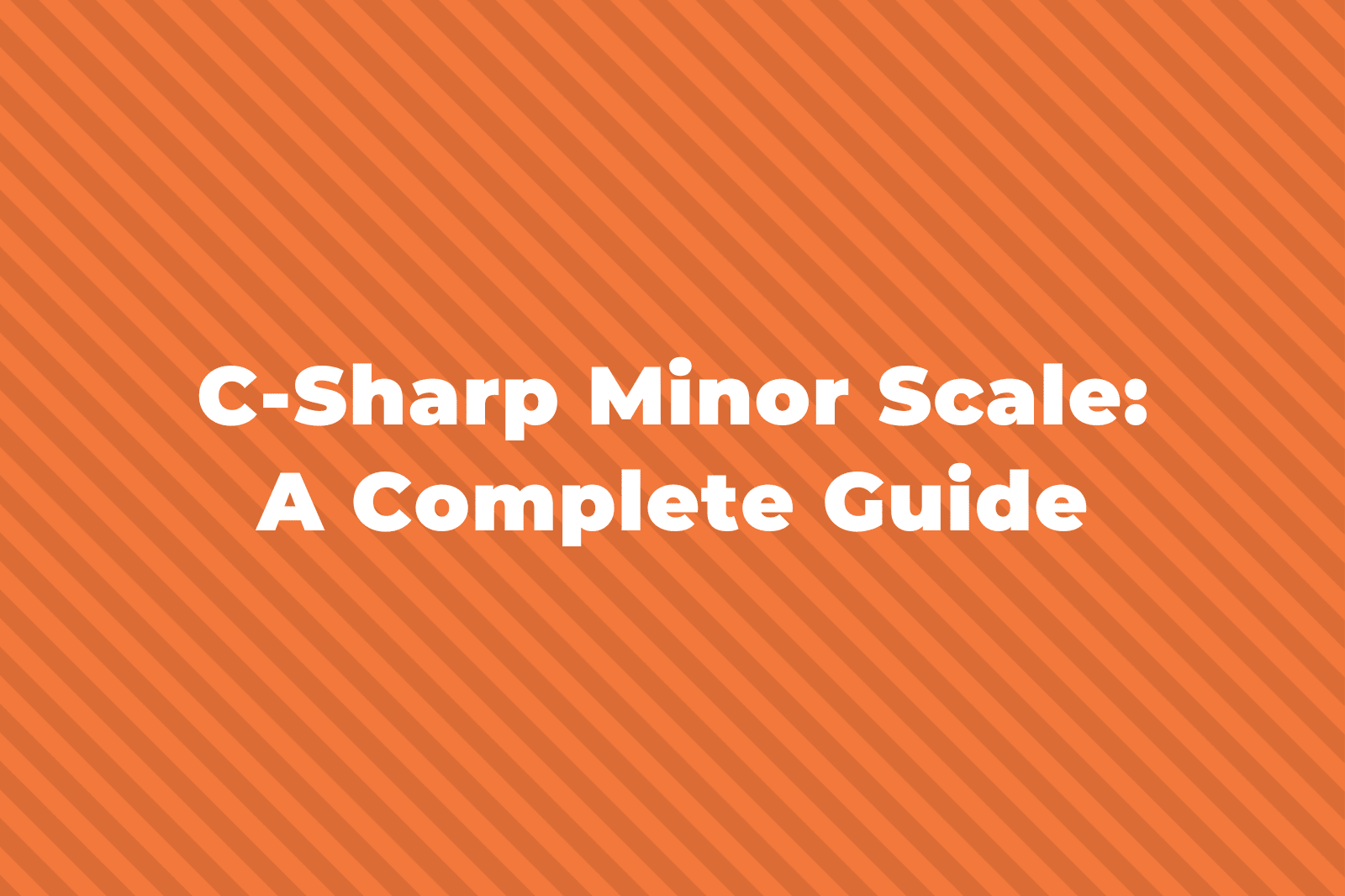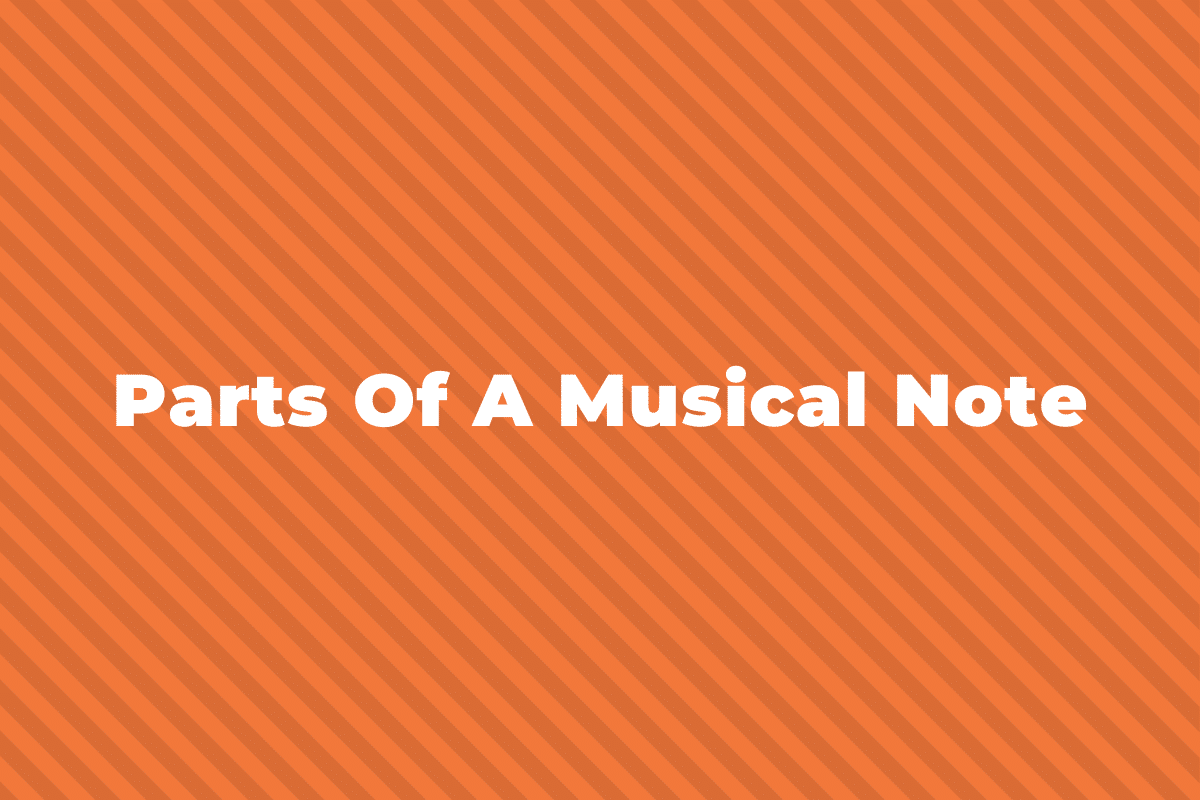When playing a piece of music there are lots of things to consider other than the actual notes that you’re playing. You have the dynamics, the phrasing, the timbre, the articulation but a very important part of playing music is the speed that you play it at. How quickly you play can change the entire feel of the music.
In this post, I’m going to cover all the words we use to describe music as slow. But before we get to that, let’s just cover what tempo is.
What is Tempo in Music?
What is tempo in music is common question that comes up and we use it to describe the speed that a piece of music should be played at.
But describing the tempo of a piece of music is a little harder than using words like “fast or slow.”
One way we can set the tempo is by using a BPM (beats per minute) marking that tells the musician exactly how many beats they should count in one minute.
They can use a free metronome to work this out.
But before metronomes existed, tempo was more of a relative term, and so in music, we tend to use different Italian terms to describe different speeds.
Italian Terms for Slow Tempo
Below are all the Italian terms used to describe slow tempos and I’ve put a rough BPM (beats per minute) if you want to use a metronome to check the speed.
| Italian term | Definition | Bpm |
| Larghissimo | as slow as possible | under 24 bpm |
| Adagissimo | very slowly | 20-40bpm |
| Grave | very slow, solemn | 25–45 bpm |
| Largo | slowly and broadly | 40–60 bpm |
| Lento | slowly | 45–60 bpm |
| Larghetto | fairly slow and broadly | 60–66 bpm |
| Adagio | slowly | 66–76 bpm |
| Adagietto | slower than andante | 70–80 bpm |
| Andante | at a walking pace | 76–108 bpm |
| Andantino | slightly faster than andante | 80–108 bpm |
| Marcia moderato | moderately, in the manner of a march | 83–85 bpm |
| Moderato | at a moderate speed | 108–120 bpm |
Note that the beats per minute are rough indications and there are lots of different opinions of what the actual BPM would be.



